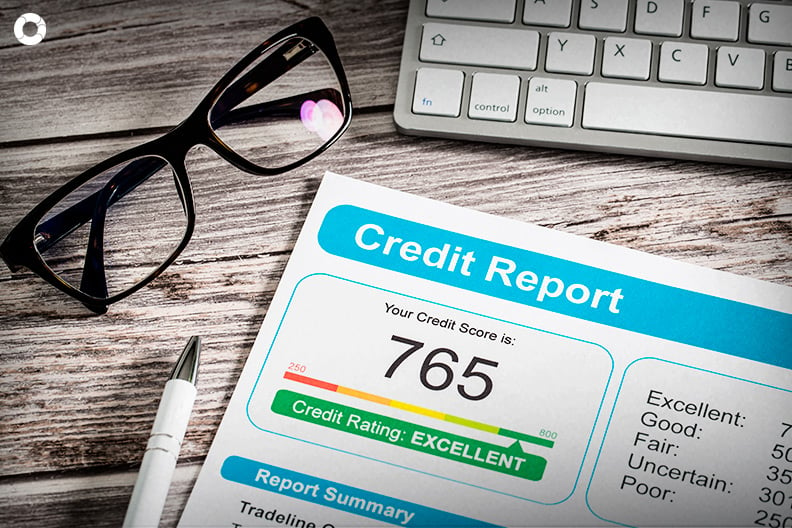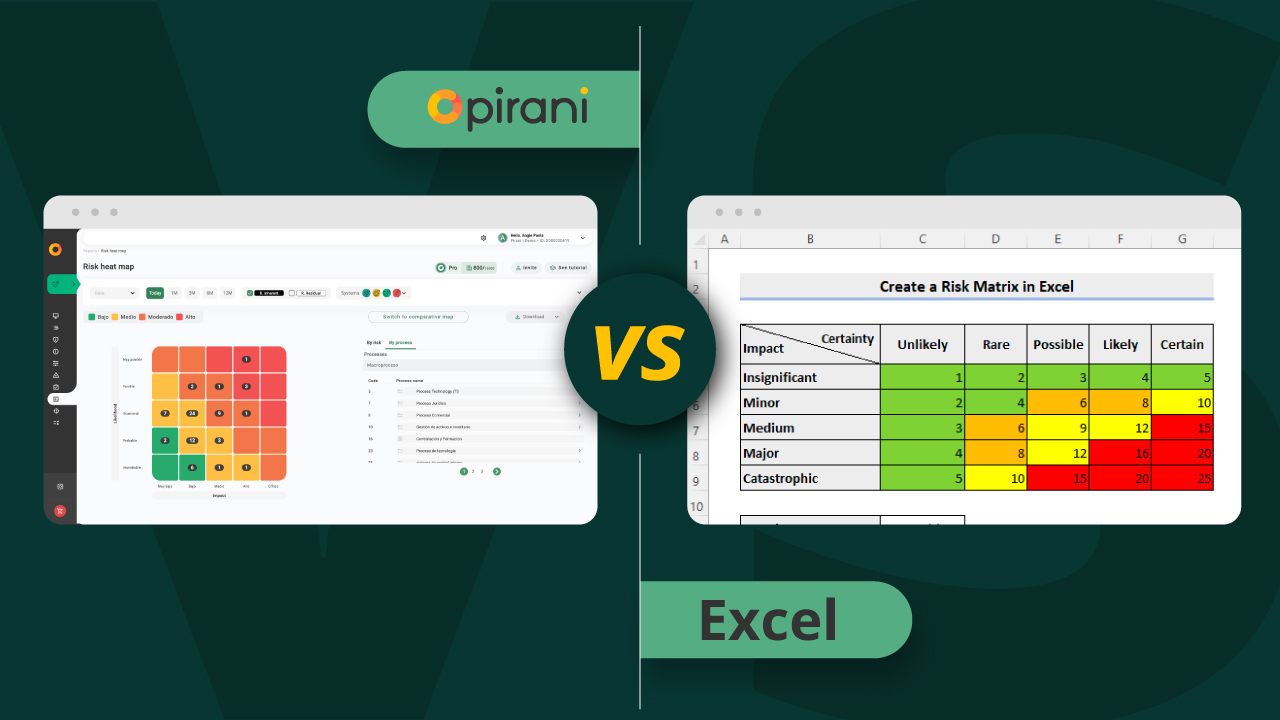How to manage credit risk

In any bank, risks are the order of the day. They are a reality that must be dealt with. But how is this done? Here we explain.
Credit risk is one of the main financial risks. This risk can be defined as the potential default caused by the customer's actual impossibility to pay or the voluntary refusal to fulfill its commitments.
Default is the primary concern of managers who manage the degree of risk exposure in a bank's customer portfolio.
To reduce or mitigate credit risk, it is necessary to focus on two aspects: reduction and protection. In this regard, the best strategy is to take actions that make credit decisions safer. In this way, the use of good business opportunities is maximized and the possibility of occurrence of any type of financial risk is reduced.
These actions include:
- Investing in staff training. The risk management team must be able to recognize the risks of credit transactions. In order for everyone to be on the same page, there must be specific guidelines and parameters established to empower the people in charge with knowledge.
- Reconciling the risk culture with the characteristics of the business or economic sector of the company.
- Facilitating direct and effective communication between customers and the credit area.
- Automating the flow of information and processes, so that decisions are made faster.
However, it is important to remember that an improvement in the credit decision process does not mean that unforeseen factors are avoided. That is why tools must be used to help prevent problems from unexpected defaults, such as credit insurance.
Best Practices for Controlling Credit Risk
The first step in credit risk management is to be aware of the general risk of the bank: individuals, customers and portfolio.
Although banks try to manage credit profiles in an integrated manner, certain information is sometimes scattered across different business units. In the absence of a comprehensive assessment thereof, banks cannot accurately measure risks or predict whether reserves will cover possible short-term financial losses.
The key to mitigating impact and controlling risk is to use a technology solution, such as risk software, that helps manage threats in an integrated, qualitative manner. This type of solution must have the following characteristics:
- Methodological adaptability.
- Integration in the company's processes.
- Risk prioritization by assigning scores and limit control.
- Data that provide relevant information for making strategic decisions.
- Data visualization capability.
- Assignment of responsibilities.
- Updates according to local and international regulations.
Although the best solution will be to use software that systematizes the process and makes it less time-intensive, there is a less effective option with many limitations, but easier to manage: risk and control matrices.
You May Also Like
These Related Stories

How to make a risk matrix for your company

Financial Risks: What Are They and What Are Their Types

Excel vs. Cyber-Risk Management Platform: Better Option to Mitigate Risk

Navigating Risk Management in Banking: A Complete Guide

6 Practical Examples of Risk Management in Action


No Comments Yet
Let us know what you think